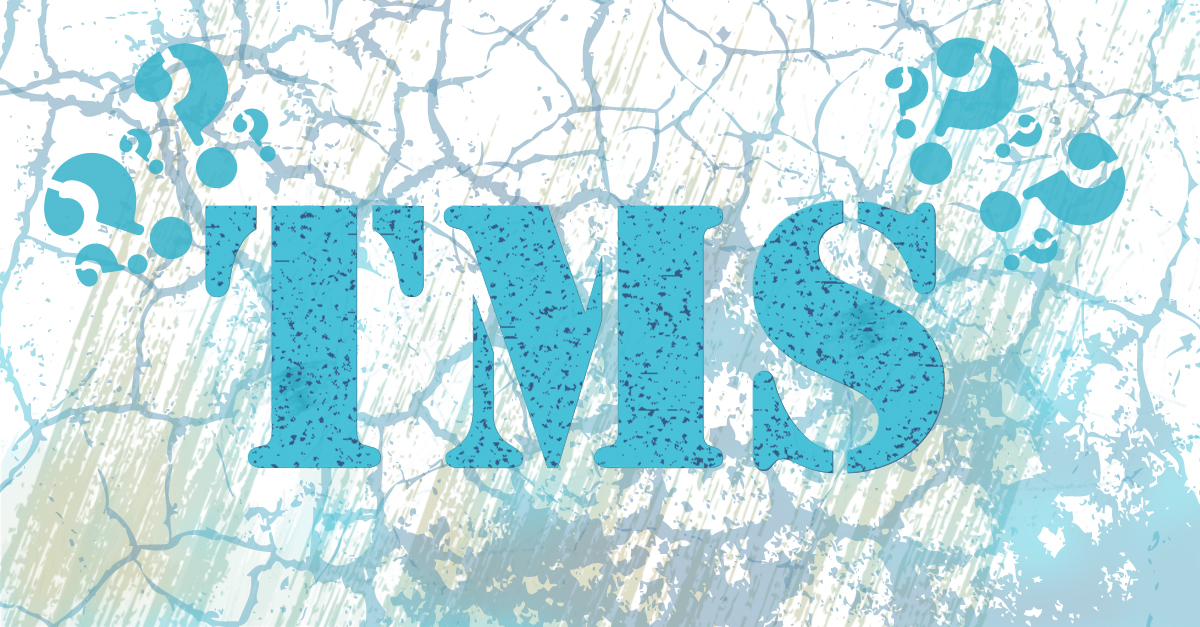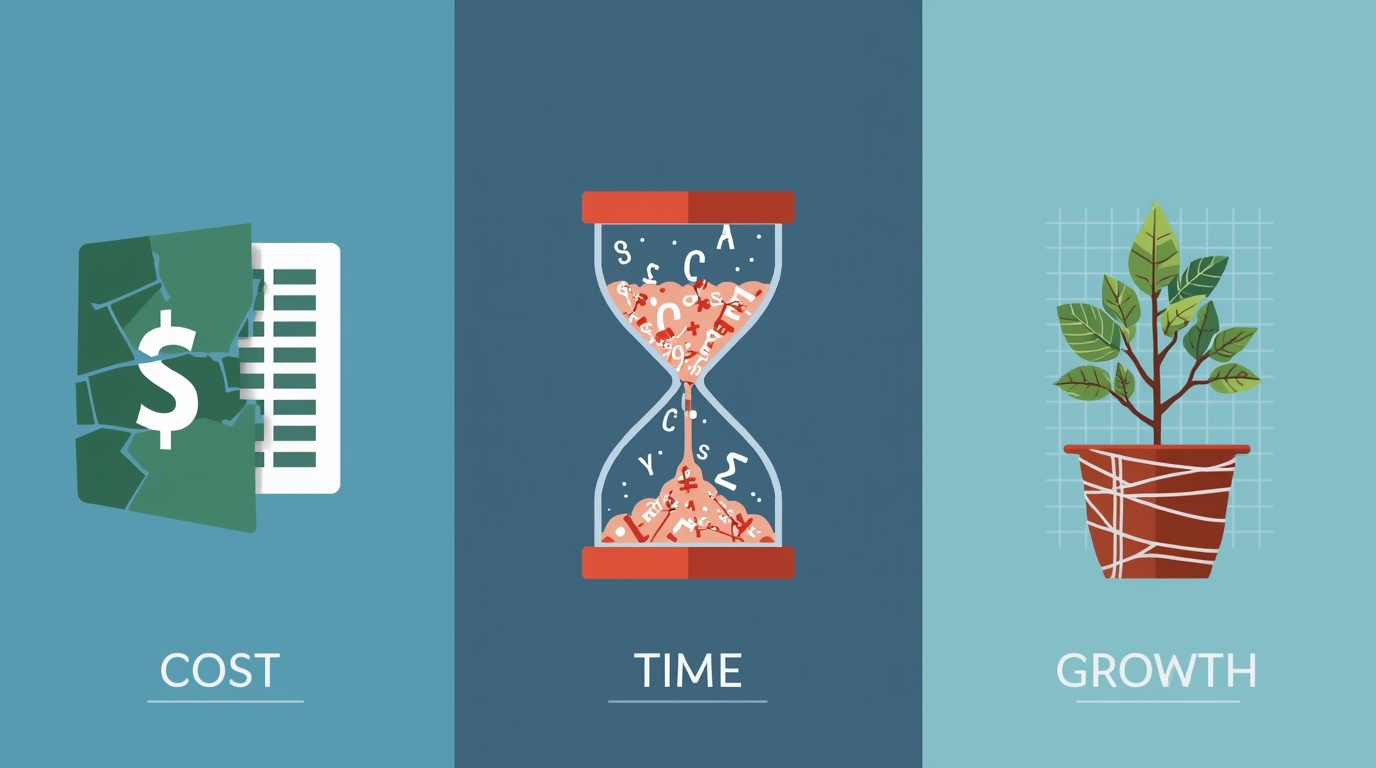
Modern translation agencies use numerous process automation tools: software for translation memories management, quality assurance, project coordination, payment control, communication with clients and vendors. Each of these programs allows you to manage a particular process i.e. it performs a separate function within the overall translation management process.
Most of these programs fall under the category of “translation management systems” (TMS). However, none of them can cover all of a given company’s processes. The term TMS has become so generalized that it can be used to refer to completely different systems. We will try to identify these different categories of TMS system.
A Confusing Case
Search “translation management software” in Google. In the top ten results, you’ll probably see pages listing these types of programs on the Capterra and G2Crowd services. Look through these lists: neither of the catalogs is related to the translation and localization industry. They contain systems designed for completely different purposes all lumped together. Some allow you to extract text for translation from a web page, others, to assign jobs to translators, and others still, to record orders and carry out financial accounting etc.
We will try to explain which are the main types of translation management systems.
CAT Tools
Translators call computer-aided translation tools “CAT tools.” They are key tools designed particularly for translation. In fact, they are text editors with special features, such as translation memories, glossaries, etc.
Such programs can make a translator’s work easier by suggesting already used translations and possible translation variants. They are especially useful for translation of technical texts with lots of repetitions.
Project managers use these tools to maintain translation memories, prepare tasks for translators using source files, estimate work volume, convert files to the original format, and to create batch packages for clients. If a project is carried out in the online CAT tool, a manager can track any given job's progress in real time: at any time, they know how much work has been completed by a particular translator. All translators use one server-based translation memory, and each of them can make use of translations carried out by others, thereby reducing the total work volume.
CAT tools: Trados Studio, MemoQ, MemSource, Smartcat, MateCat, Wordfast, Transit, Deja Vu, etc.
Parsing and Conversion Programs
Translation is only one part of a project. Before translating a text, you need to extract it from a file, site or program interface, and transfer it to a CAT tool. Once the translation is finished, the text needs to be inserted back into the file in place of the source text. Such operations are not related to translation but sometimes require considerable effort.
When you transfer a text to a CAT tool, it is necessary to fulfill a number of conditions:
- You have to extract exactly that part of the text that has to be translated, without unnecessary and missing fragments.
- The text should retain the formatting (fonts, color, semi-bold, italics, underlines, etc.).
- The text should be correctly segmented (usually one segment corresponds to one sentence).
- All special symbols (risers, “foreign” languages letters, degree symbols, etc.) should be correctly retained.
- Tables, captions for figures, mathematical formulas, and other special elements should not be converted into “ordinary” text.
Ideally, a translator should see a preformatted text during translation.
When translation is completed, the reverse task must be carried out: replacing the original text with the translated text. For websites, hyperlinks should work correctly in localized versions; for manuals in PDF format, the correct page numbers must be indicated in the table of contents; for software, text should not jut out from borders of buttons and dialog boxes. This stage involves lots of pitfalls and unexpected challenges.
Generally, operations not directly related to translation fall to project managers, and tools performing these operations make their life easier. Without them, project managers have to find other sophisticated ways to deal with these challenges.
Parsing and conversion tools/systems: Easyling, Infix, Transifex, Poedit. There are also lots of software add-on allowing to extract text from “inconvenient” programs, e. g., AutoCAD drawings, Corel vector graphics, QuarkXpress layouts, etc.
The majority of modern CAT tools include converters for the main file formats.
Crowdsourcing Platforms and Industry Marketplaces
Another aspect of the translation company’s work is to search for and select translators for projects. There are special services that exist for these purposes. The best-known is ProZ. On such sites, you can make a job offer, and any willing vendors can accept it. You simply have to choose the most qualified among them and provide them with the necessary materials.
Some systems allow for “blind” distribution of projects to a large number of translators, with the completed translation being received a little while later. While this process certainly creates a host of quality-assurance and deadline-management issues, many clients, especially those who prefer speed or quantity over quality, are fine with this approach.
Machine Translation Systems
We guess this point doesn't require much explanation. Machine translation systems are systems that “translate” without human involvement. Despite the fact they have existed for several decades, the result of their work, as you may already know, is by no means to be considered as the final translation.
A new technology called NMT — machine translation that uses neural networks — is experiencing a boom recently. These types of system analyze huge arrays of already existing human translations and derive rules and patterns by which the translations have been created. The larger the amount of data input, the more “human-like” the result.
Examples of these systems include: Globalese, Lilt, Google Translate.
Business Management Systems
Unlike the systems mentioned above, these are not designed for carrying out the translation itself. Their functions include: maintaining client and vendor databases, with prices and contacts; accepting orders from clients and issuing orders to vendors; managing deadlines; carrying out financial accounting; creating invoices; monitoring payments; and compiling reports on the company’s financial activities.
These systems allow users to monitor the translation company's activities in real time and to act quickly in non-routine situations. Without them, a company’s work can turn into chaos: data is stored in different unconnected tables; deadlines are recorded in calendars; contact information is stored in the depths of a mail client; tasks are sent in e-mail attachments; invoices are created manually in a text editor; and there is no time for financial reports.
Examples of these systems include: Plunet, Protemos, XTRF, Projetex.
Hybridization and Integration
This classification is rather conditional on use, because each program includes functions of different TMS types. For example, Smartcat is primarily a CAT tool, but it does, however have its own translators base and built-in payment system.
Besides this, many TMSs of different types are cross-integrated, providing each other with missing features. This integration means users are not forced to enter the same data in different databases: they are automatically copied from one system to another. For example, you can add a client order in Protemos, and have it automatically transferred into Smartcat for translation and so on.
Conclusion
As we have seen, it is difficult to put any given TMS into just one category. The classification rather indicates the primary function of the TMS. Functions that are predominant in some systems appear to be auxiliary in others.
It is essential to be aware of all existing TMS tools, and understand which of a company’s tasks they are able to perform.



.png)

